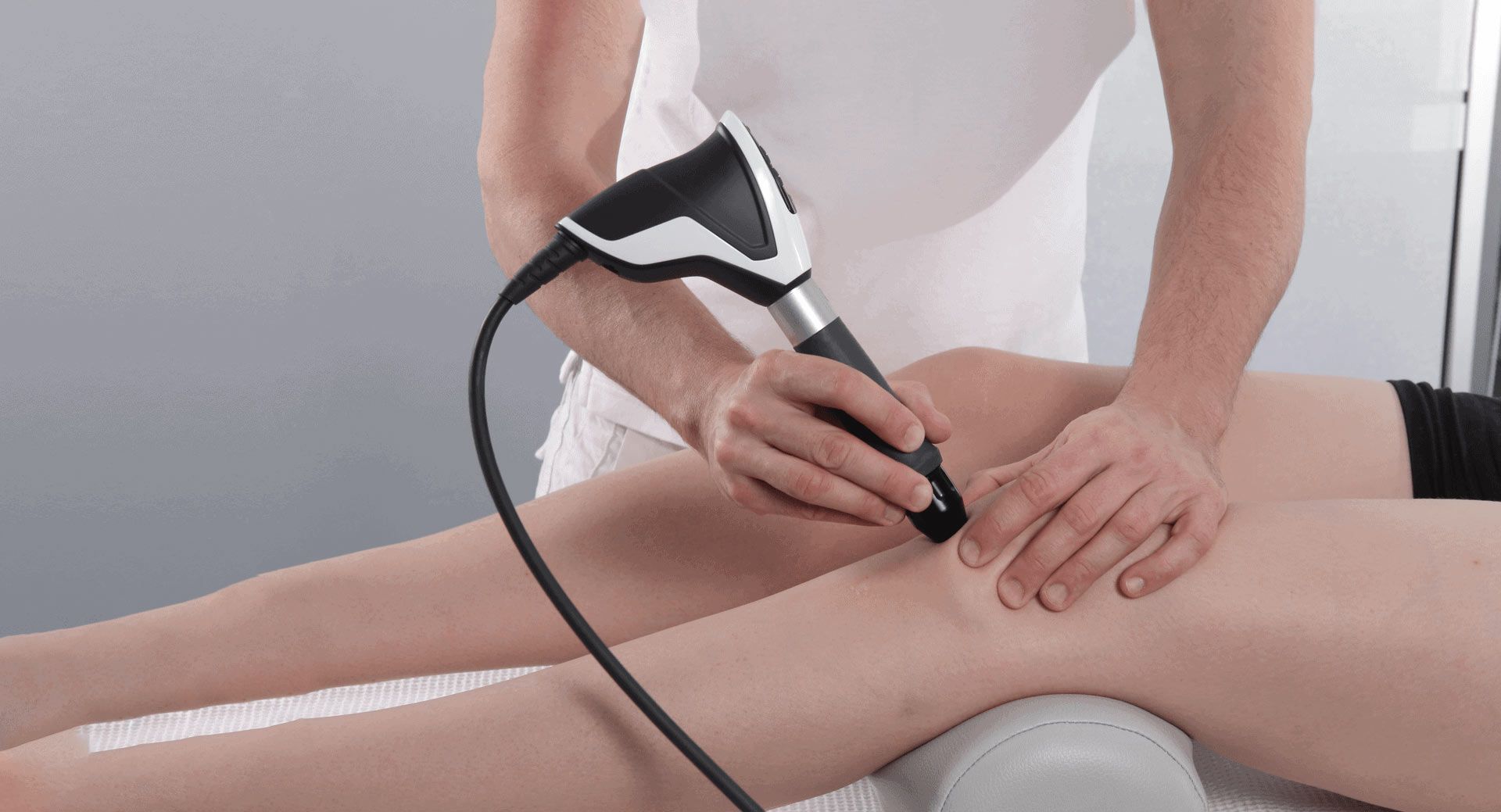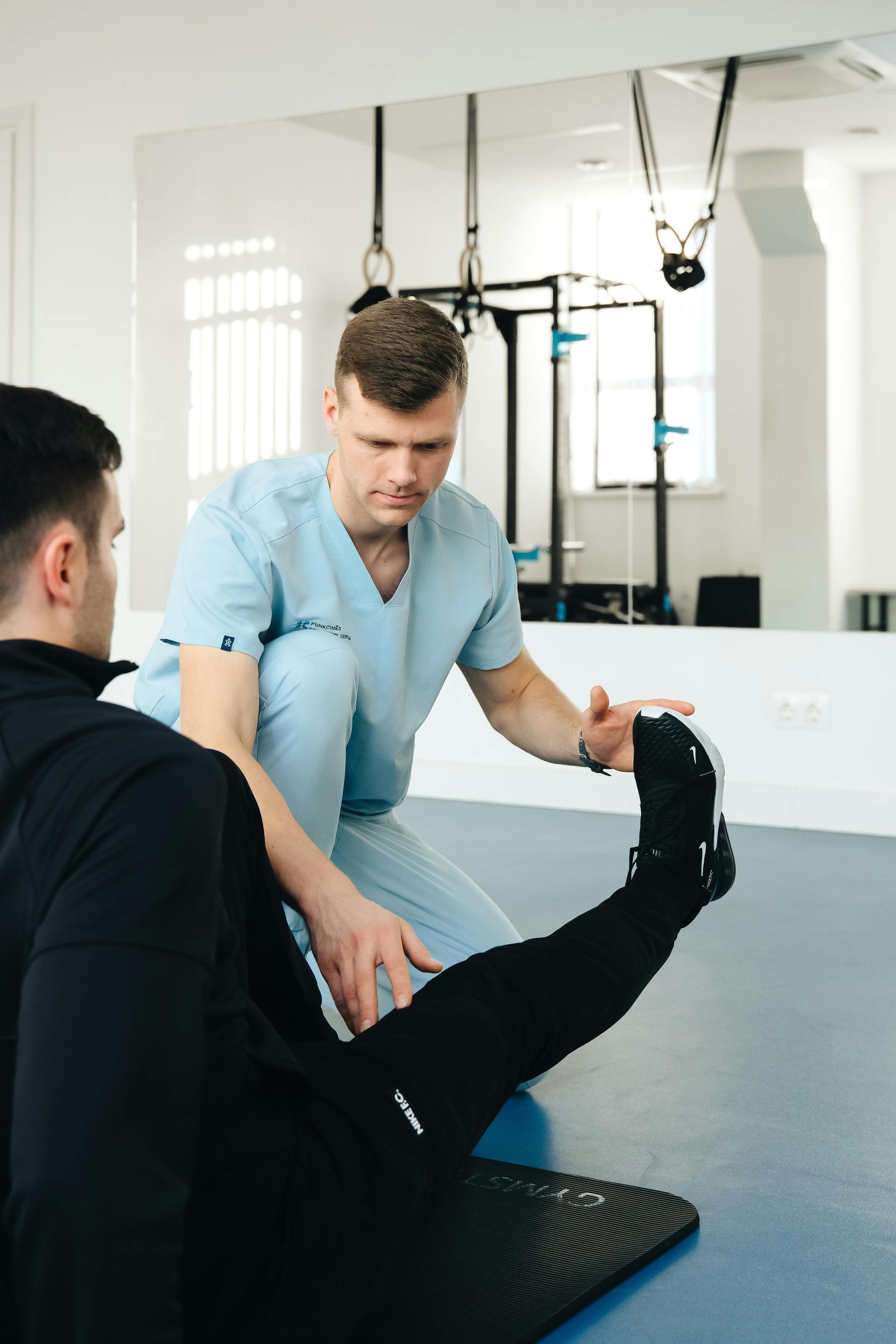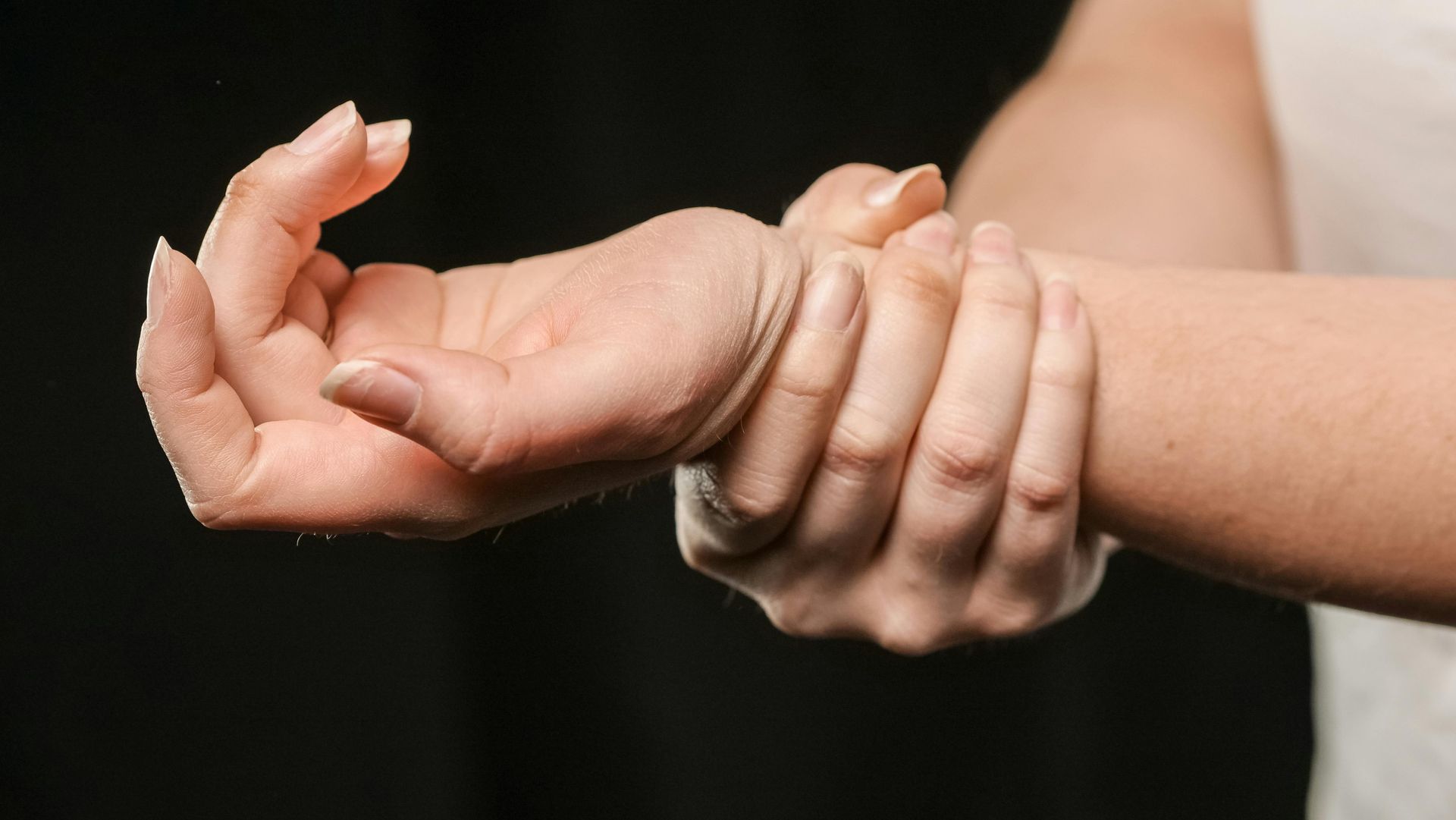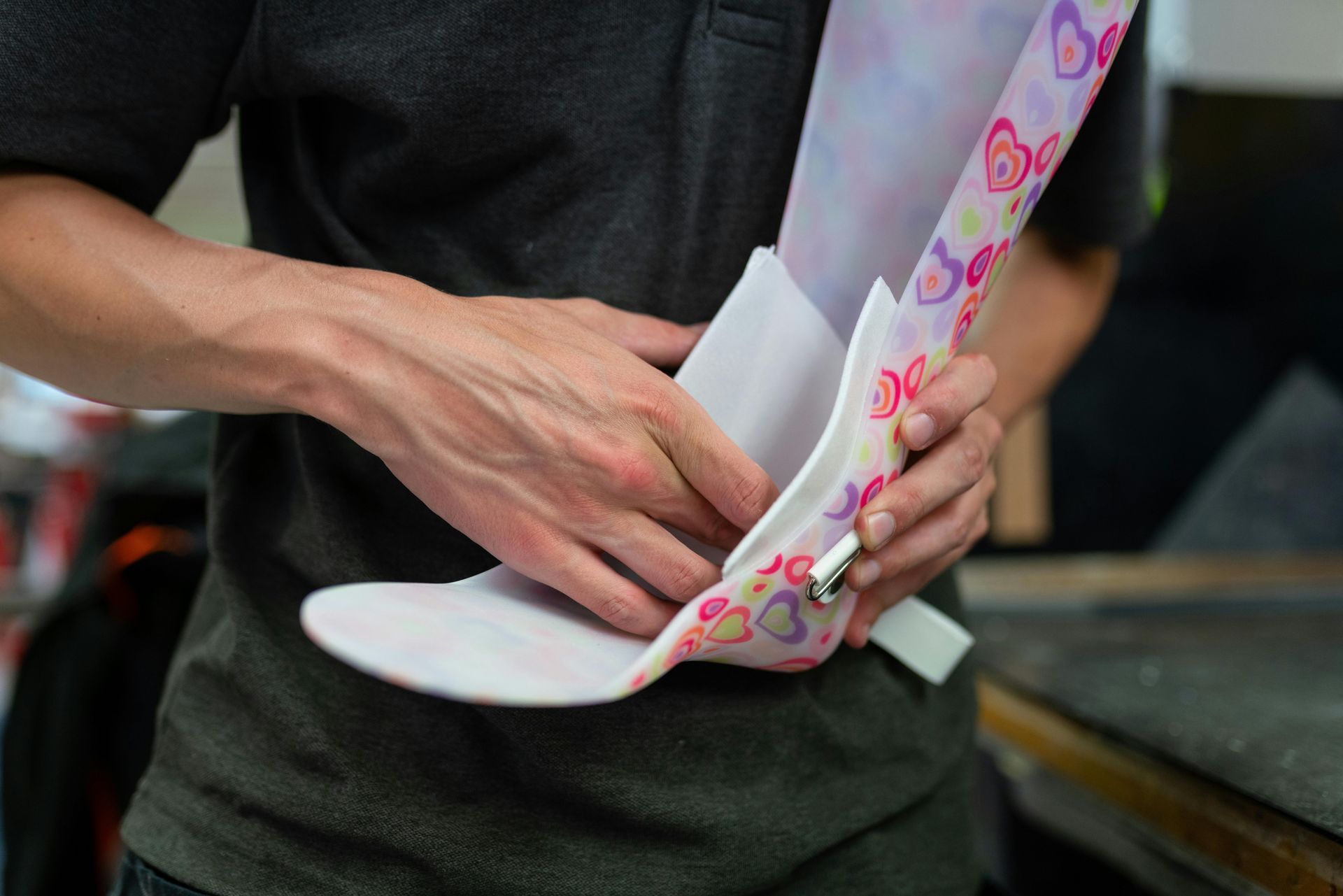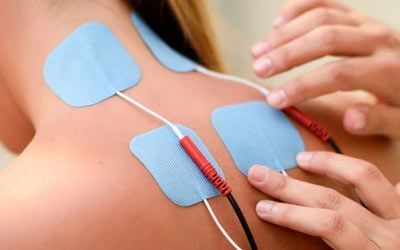By Robert Wodz
•
August 27, 2025
Recovering from an injury is not just about healing what is broken. It is about rebuilding strength, restoring movement, and preventing future setbacks. Whether you have sustained a sprained ankle, torn ligament, muscle strain, or undergone surgery, your recovery process needs more than rest. It requires a structured plan to regain mobility and function safely. Physiotherapy plays a vital role in this journey. At Dynamic Physiotherapy in Mississauga, we work closely with individuals at every stage of recovery, using evidence-based treatments to promote healing, restore strength, and support a full return to everyday life. This blog explores how physiotherapy supports safe post-injury recovery and why working with a qualified physiotherapist is essential for long-term wellness. Injuries, whether caused by sports, falls, overuse, or accidents, can have a significant impact on your muscles, joints, ligaments, and connective tissues. Even minor injuries can cause lasting effects if not treated properly. Left unmanaged, they can lead to chronic pain, instability, and compensatory movement patterns that place stress on other parts of the body. Physiotherapy addresses not just the symptoms but the root cause of these issues. The goal is to heal the injured tissue while ensuring that the body regains its strength, flexibility, and coordination in a balanced way. Our clinic in Mississauga uses a personalized approach, tailoring each treatment plan to the specific injury, severity, and patient lifestyle. Managing Pain and Inflammation One of the first phases of physiotherapy after an injury is managing pain and inflammation. Depending on the injury type, our physiotherapists may use modalities such as therapeutic ultrasound, IFC therapy, cold therapy, or gentle manual techniques to reduce swelling and relieve discomfort. This early intervention helps to create a more comfortable environment for the next stages of treatment, which often include progressive movement and strengthening exercises. At Dynamic Physiotherapy, we also educate patients on how to protect the injured area during this vulnerable phase without becoming too sedentary, which can lead to stiffness and muscle weakening. Restoring Range of Motion Once pain and swelling are controlled, the focus shifts to restoring range of motion. Injuries can cause surrounding muscles to tighten and joints to become stiff, limiting mobility and daily function. Our therapists use hands-on manual therapy to mobilize joints and stretch soft tissues safely. In parallel, we introduce gentle mobility exercises that help patients gradually regain their natural range of motion. This phase is critical, especially after injuries to the shoulder, knee, or spine, where joint mobility directly influences balance and posture. Mississauga patients at our clinic benefit from one-on-one guidance, ensuring exercises are performed correctly and adjusted as progress is made. Rebuilding Strength and Stability Strengthening is the cornerstone of physiotherapy recovery. After an injury, muscles around the affected area often weaken due to disuse or damage. Rebuilding strength ensures that the joint or muscle regains stability and is protected from re-injury. Our physiotherapists develop progressive strength training programs that target specific muscle groups without putting undue stress on healing tissues. These include resistance band work, isometric exercises, weight-bearing activities, and functional movements that replicate real-life tasks. We monitor each patient's form and response to ensure optimal safety and results. For example, after an ACL injury, we focus on strengthening the quadriceps, hamstrings, glutes, and calves to support knee stability and prevent recurrence. Movement Retraining and Body Awareness In addition to localized strengthening, physiotherapy promotes global body awareness and movement quality. Often, when one part of the body is injured, other muscles compensate to protect the area, leading to imbalances and poor posture. Through core stabilization exercises, balance training, and movement re-education, we help patients relearn how to move efficiently and safely. Proprioceptive training—which enhances the body's ability to sense its position and movement—is especially important after joint injuries and is a staple in our programs for ankles, knees, shoulders, and wrists. Our clinic in Mississauga is equipped with tools and exercises that challenge patients in safe, progressive ways to rebuild coordination and confidence. Tissue Recovery and Manual Therapy Another essential aspect of post-injury physiotherapy is addressing scar tissue and soft tissue adhesions that may limit motion or cause discomfort. Our manual therapy techniques, including myofascial release and deep tissue mobilization, help break down these restrictions and improve tissue elasticity. These therapies also stimulate blood flow, reduce muscle tension, and promote overall healing. Our hands-on care is complemented by education, teaching patients how to use foam rollers, stretches, or mobility tools at home to continue improving between sessions. Long-Term Wellness and Prevention Every injury recovery timeline is different. While some people heal within weeks, others may require several months of rehabilitation depending on the injury's complexity and the patient's age, health status, and goals. What sets Dynamic Physiotherapy apart is our patient-centered philosophy. We listen closely to each person's concerns, challenges, and aspirations. Whether the goal is to return to competitive sports, resume work duties, or simply walk without pain, our team creates a plan that aligns with those goals while remaining grounded in safe clinical practice. We believe that recovery does not end when pain subsides but when the body is strong, stable, and ready to handle life's demands. Confidence, Education, and Empowerment Beyond physical rehabilitation, physiotherapy also helps patients rebuild confidence. Injuries can take a psychological toll, making people anxious about movement or fearful of reinjury. Our approach includes encouragement, reassurance, and realistic goal-setting to help patients feel empowered throughout the process. As function improves, we progress the program to include higher-level exercises and lifestyle modifications that support long-term health and resilience. Preventive strategies, such as proper warm-up routines, ergonomic advice, and sport-specific drills, are also included to reduce the risk of future injuries. Mississauga’s Trusted Partner in Injury Recovery At Dynamic Physiotherapy in Mississauga, we work with a wide variety of post-injury cases, including sprains, strains, ligament tears, tendonitis, post-surgical recovery, and more. We are committed to delivering evidence-based treatments that accelerate healing and promote full recovery. Our team is highly trained, compassionate, and focused on helping each patient achieve their personal best. From initial assessment to discharge, we prioritize clear communication, measurable progress, and individualized care that makes a real difference. If you are recovering from an injury and want to regain your strength, restore movement, and return to your normal activities with confidence, Dynamic Physiotherapy is here to help. Don’t wait for the pain to go away on its own. Get the professional guidance and support you need to heal properly and stay healthy for the long term. Call us today at (905) 273-5433 or visit www.dynamicphysiotherapy.ca to schedule your personalized assessment. Let us guide you through recovery with expert care and a plan designed just for you.

